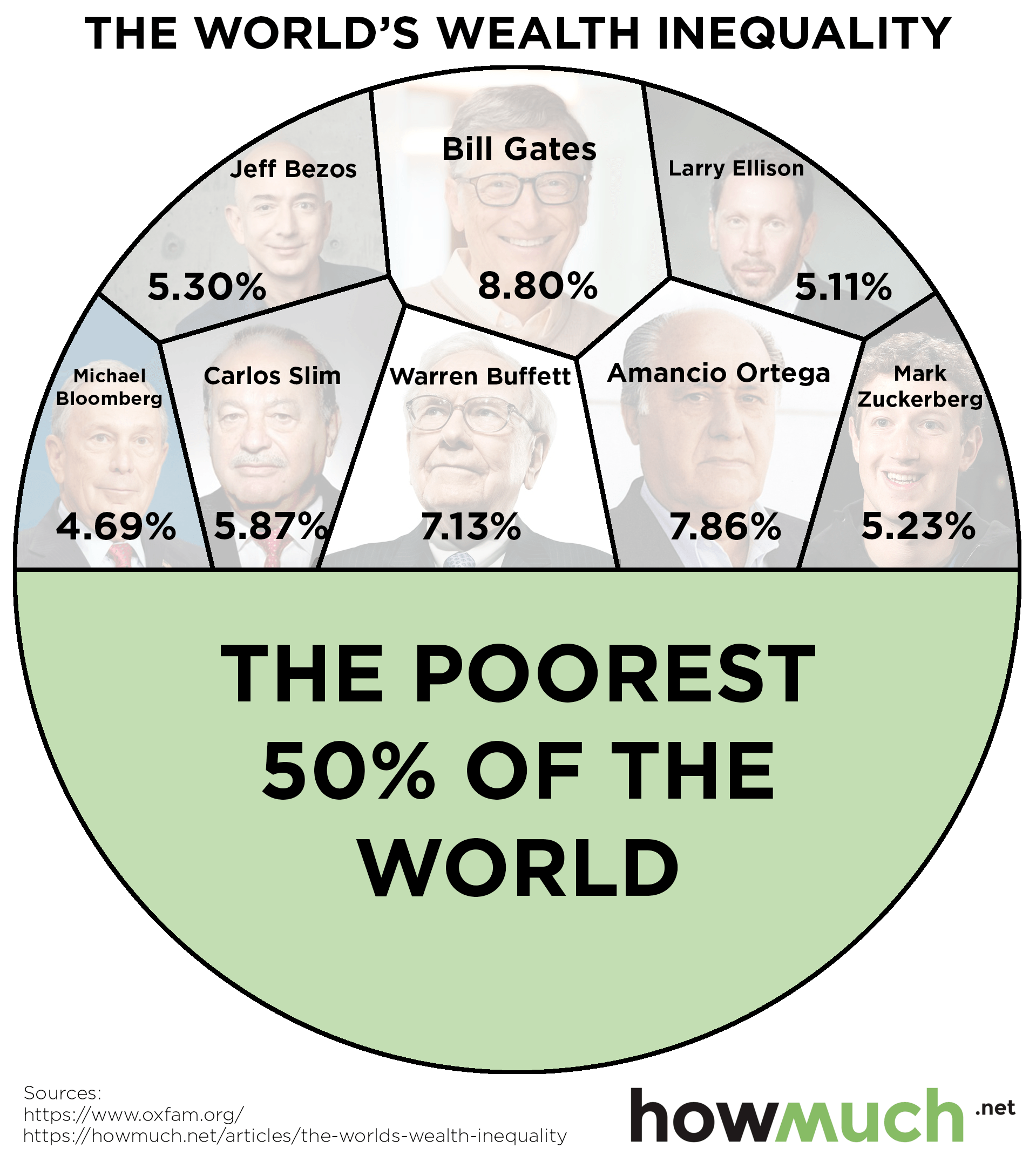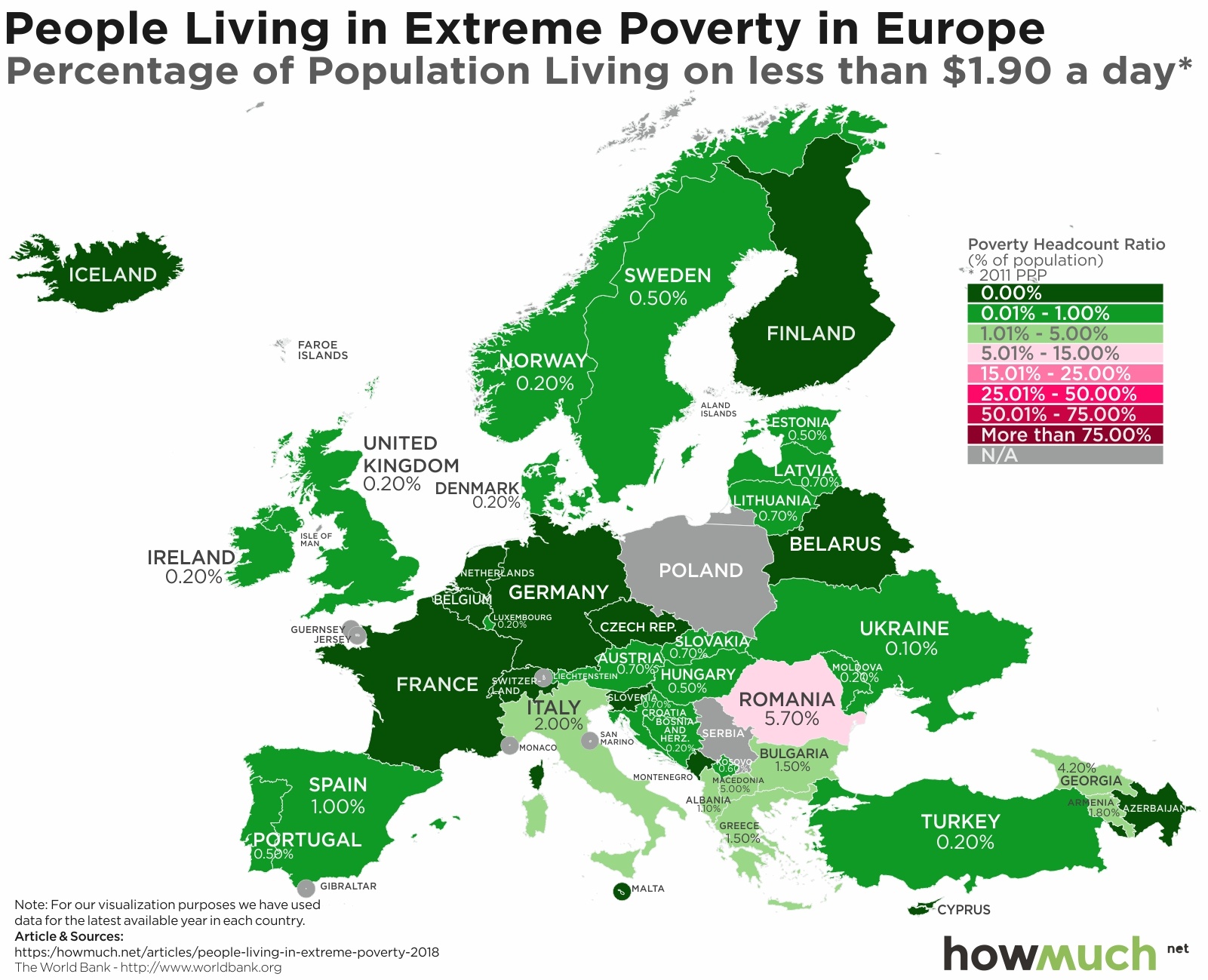
Colorado regulators fined Kerr McGee $18.25 million for a 2017 gas explosion that blew up a house and killed two people. File photo by Gary C. Caskey/UPI
DENVER, March 12 (UPI) -- Colorado state oil and gas regulators assessed a record $18.25 million fine Thursday to an oil and gas company found to be at fault in a deadly 2017 house explosion that killed two people.
Jeff Robbins, director of the Colorado Oil and Gas Conservation Commission, the state's regulatory agency, said an "aggravating factor" of loss of life boosted the penalty against Kerr McGee, a subsidiary of Occidental Petroleum Corp.
Mark Martinez and Joey Irwin were killed in Firestone, Colo., and Erin Martinez was badly burned April 17, 2017, when leaking odorless natural gas ignited as the two men were replacing a basement hot water heater. Flames shot hundreds of feet into the air and the house was destroyed.
Kerr McGee failed to protect the health and safety of people and environment by neglecting its properties, the Colorado notice of violation said.
"Our lives are forever changed," Firestone widow Erin Martinez said in a statement Thursday. "It is hard to comprehend that the only recourse is a penalty or a fine, how do you put a price on human life?"
Martinez family members received an undisclosed settlement in 2018 in a civil suit against Anadarko Petroleum Corp., parent company of Kerr McGee at the time of the explosion.
Agency chief Robbins said fine revenue will go toward special projects for mapping buried flowlines and increasing air monitoring equipment for methane leaks.
Occidental spokesperson Jennifer Brice said in a statement the company would not contest the penalties.
"We are mindful of the events of April 17, 2017, every day, and our thoughts continue to be with the families, friends and communities affected by the Firestone tragedy," Brice said.
The multimillion-dollar penalty is the second this year by state agencies for oil and gas explosions.
Pennsylvania's Department of Environmental Protection fined pipeline company Energy Transfer $30 million for a 2018 pipeline explosion.
"This is a high fine for the state of Colorado," said Jeremy Nichols, climate and energy program director for WildEarth Guardians. "A multimillion-dollar fine sends a message to the industry. It is about trying to deter future incidents," Nichols said.
"But no state has really been able to hold this industry accountable. The industry is trying to pay its way out of killing people," he said.
"Safety has been, and will remain, our industry's top priority," Dan Haley, president and chief executive officer, of the Colorado Oil & Gas Association, wrote in an email. "Our members are always working hard to improve our safety practices, to share those best practices and to commit to getting better, cleaner and safer each day."
An October, 2019, investigation of the Firestone explosion by the National Transportation Safety Board showed that a severed plastic pipeline from a dormant, but unplugged, well was the source of the gas that blew up the house.
Anadarko Petroleum had acquired a license to the well, which was left open with a low gas flow. Anadarko was acquired by Occidental last year.
New Colorado laws require mapping of all underground gas lines starting this year.
"This is a high fine for the state of Colorado," said Jeremy Nichols, climate and energy program director for WildEarth Guardians. "A multimillion-dollar fine sends a message to the industry. It is about trying to deter future incidents," Nichols said.
"But no state has really been able to hold this industry accountable. The industry is trying to pay its way out of killing people," he said.
"Safety has been, and will remain, our industry's top priority," Dan Haley, president and chief executive officer, of the Colorado Oil & Gas Association, wrote in an email. "Our members are always working hard to improve our safety practices, to share those best practices and to commit to getting better, cleaner and safer each day."
An October, 2019, investigation of the Firestone explosion by the National Transportation Safety Board showed that a severed plastic pipeline from a dormant, but unplugged, well was the source of the gas that blew up the house.
Anadarko Petroleum had acquired a license to the well, which was left open with a low gas flow. Anadarko was acquired by Occidental last year.
New Colorado laws require mapping of all underground gas lines starting this year.



















